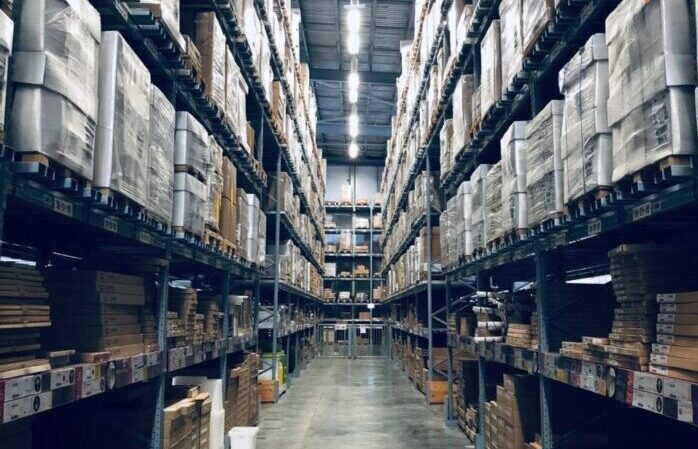Inside the Race to Build Profitable Businesses off the Amazon Ecosystem
If you spend time reading the business press, you may have heard of a company called Thrasio. This company acquires third party sellers on Amazon and scales them up into profitable businesses. The company’s growth has been impressive: in January of 2020, the company had 150 employees, and now it has 700 and is still staffing up.
Thrasio works across business and products, but its success points to the growing potential of Amazon for entrepreneurial-minded acquisition businesses. In the wake of a record-breaking Prime Day for the company (where Thrasio’s private label brands experienced a 60% jump over the prior year’s sales), we wanted to take a look at this high growth business sector.
What’s Behind Thrasio’s Rapid Growth?
The pandemic’s reshuffling of the economy has made Amazon a big winner as consumers become ever more reliant on the e-commerce giant’s ease of delivery. In the background, Thrasio has been quickly expanding its successful model of acquiring third party sellers with certain characteristics that make them seem poised for growth.
The Roll of Third Party Sellers on Amazon
Marketplace sellers accounted for $300 billion in sales in 2020 according to some estimates. While Amazon invests money in its own line of products (Amazon Basics), third party sellers account for a large share of the revenue flowing through Amazon. Some sellers elect to utilize “Fulfillment by Amazon” or FBA, in which they pay Amazon to store and ship their products. Through this multi-faceted model, Amazon has become a multi-billion dollar juggernaut without peer. Companies like Thrasio have successfully realized opportunity in third party selllers.
The Characteristics of a Successful Third Party Acquisition
Thrasio targets Amazon sellers with between a million and ten million dollars in annual sales. Many of these sellers hit a ceiling in sales that they cannot surpass without an injection of outside capital. Thrasio is looking for well-reviewed products and when it finds a company that seems like a good match, it strives for a fast acquisition from initial contact to offer to due diligence to acquisition. Thrasio then pours resources into optimizing and scaling up the business and reaping the profits of the acquisition.

More than Just Brand Building
As an entrepreneurial company, Thrasio has eyes on more than just profitable online sellers. It’s also looking to service more of the third party ecosystem and that’s why it recently acquired a company called YardLine, a capital-as-a-service fintech startup that assists e-commerce sellers with capital and business optimization tools. So as Thrasio eyes potential acquisitions, it can also participate in the growth of third party sellers’ businesses via a whole new avenue.
Who Else is in this Acquisition Space
Numerous other companies globally are attempting to replicate the Thrasio model, including New Delhi-based GlobalBees, which just raised $150 million in Series A funding. Another Indian company, GOAT Brand Labs, has raised $36 million to focus on Amazon and Flipkart acquisitions. Chinese-based Nebula Brands is attempting to influence the Chinese market (63% of Amazon’s global top sellers are located in China).


